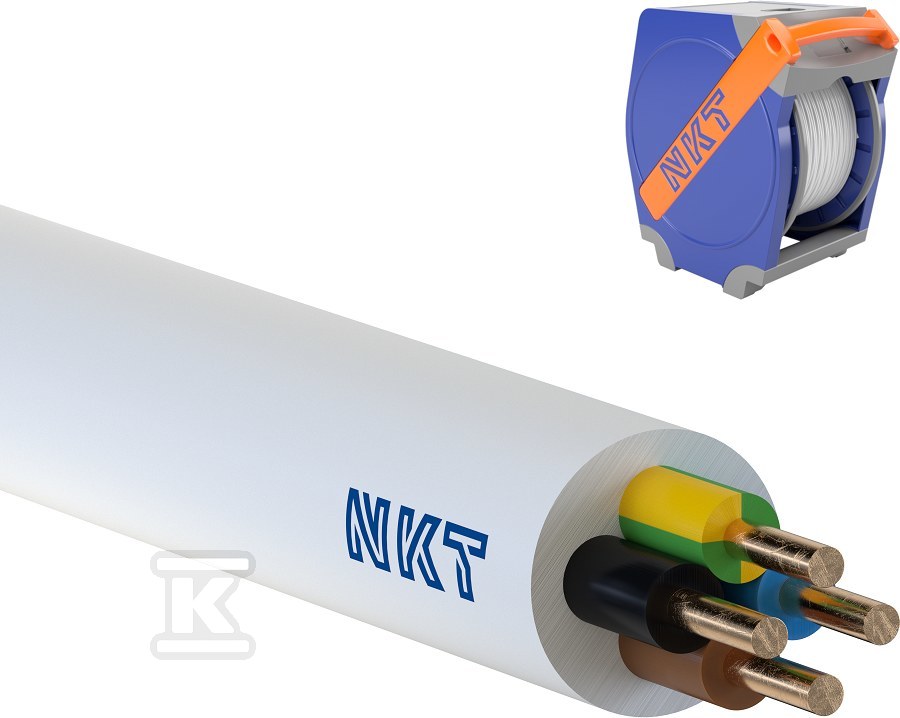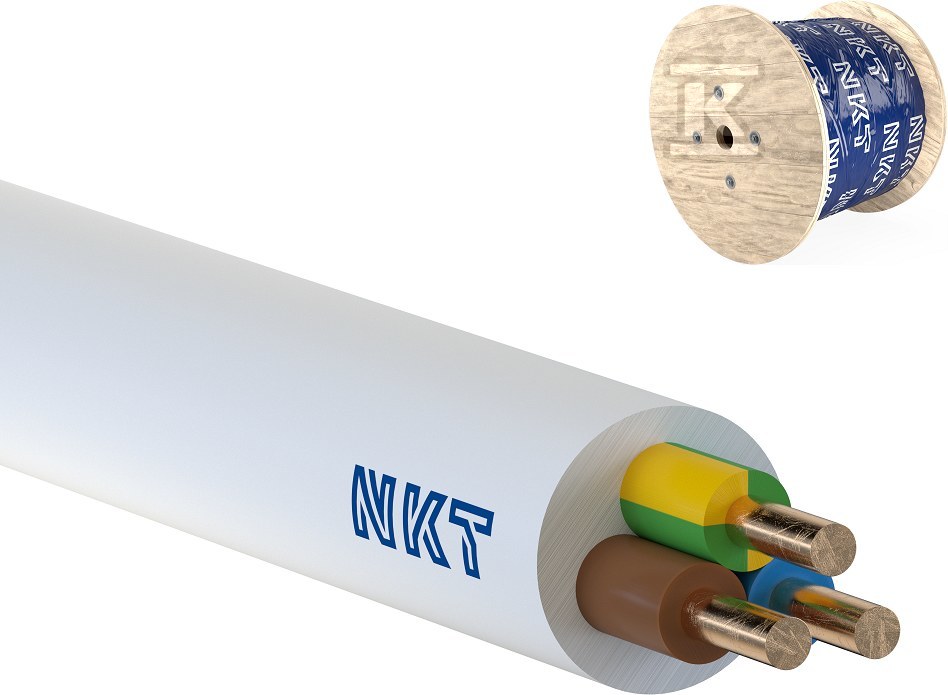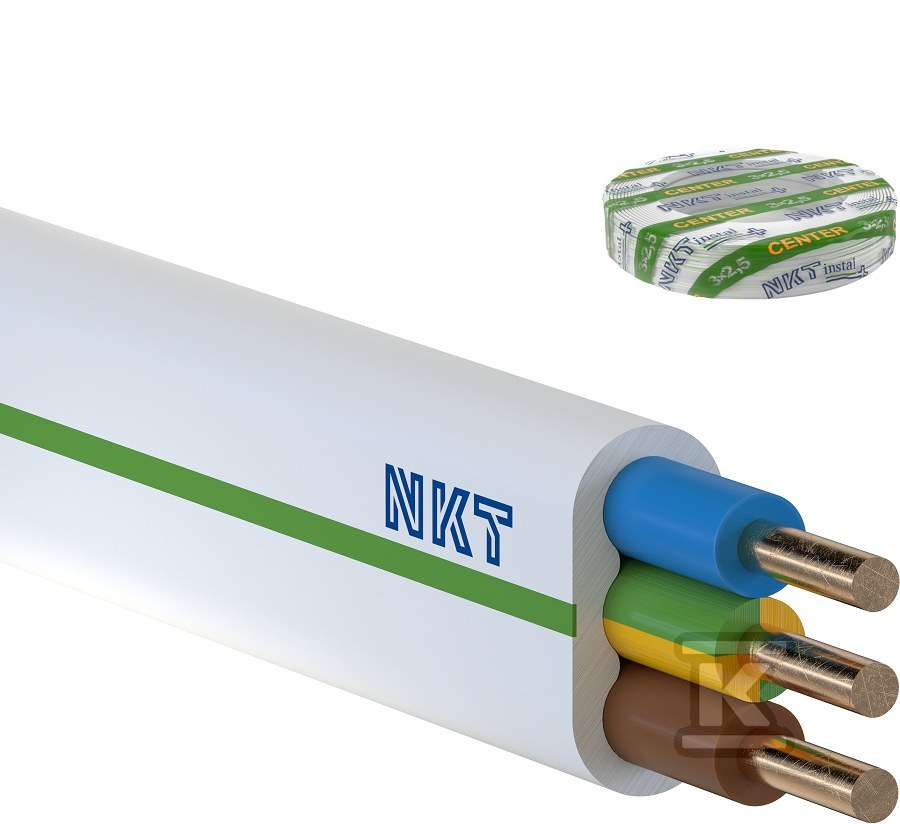When working with electrical circuits, it is very important to correctly assess what type of grounding is in a given system. What types of electrical systems do we distinguish and how to safely check whether it is a TT or TN network?

Check the installation cables for TN networks at the Onninen wholesaler
Basic division of electrical systems: TN and TT
In low-voltage electrical installations, two types of grounding are used, these are TN and TT systems. The basic difference between them is the method of grounding the neutral point for the power source, as well as the method of grounding the elements in the installation.
 The abbreviation TN stands for Terra Neutral. This is a system in which the neutral point is grounded, while the protective PE conductor is connected to this point. The neutral point in the TN system is the common point of the windings located on the low voltage side. Within TN systems, there are specific solutions:
The abbreviation TN stands for Terra Neutral. This is a system in which the neutral point is grounded, while the protective PE conductor is connected to this point. The neutral point in the TN system is the common point of the windings located on the low voltage side. Within TN systems, there are specific solutions:
- TN-C - in which the PEN (protective-neutral) conductor combines the functions of both the neutral and protective conductors, most often found in older types of electrical installations, due to the lower safety standard, it does not meet modern standards;
- TN-S — is characterized by high safety because the neutral and protective conductors are separated along the entire length of the electrical installation;
- TN-CS - is a combination of the two previous solutions, the most common initially is the TN-C variant, but in a certain section the protective-neutral conductor PEN is divided into two separate conductors - PE and N.
A characteristic feature of TN systems is low impedance, which means that when short circuits occur, protection works effectively and quickly.
The second feature of the TT system is that the neutral and protective conductors are always separated. These types of systems are most often used in places where the grounding in the network is not sufficient, and also where the use of the TT system results from obligations imposed by law. The mechanism of operation here uses differential protection, it allows for the detection of leakage current, which in turn causes automatic disconnection of the power supply.
How to safely check network type: TN and TT?
To check what type of grounding has been used, special care must be taken. Working with electricity requires proper preparation and knowledge, including basic principles of performing measurements.
 First, you need to analyze the technical documentation. If it is a modern installation, the variant of the grounding used will most often be marked. Otherwise, especially if there are doubts about the system, it will be necessary to perform measurements.
First, you need to analyze the technical documentation. If it is a modern installation, the variant of the grounding used will most often be marked. Otherwise, especially if there are doubts about the system, it will be necessary to perform measurements.
This situation requires locating the grounding connection. The construction method is of great importance here, and an experienced electrician can usually visually assess what type of network he is dealing with. To be certain, appropriate resistance measurements should be performed. In TT installations, the measurement will show that the resistance value on the device housing takes on a different value than in the neutral point of the transformer.
A characteristic feature of TN systems is that the value of the grounding resistance in the protective conductor is significantly lower. This is a consequence of the fact that the protective conductor is connected directly to the neutral point.
The measurement is performed between the protective and phase conductors. If the value is lower than 1 Ω, then the protective conductor is most likely connected directly to the neutral point. If the measurement value is higher than 1 Ω, then a TT type system was used.
Voltages in PEN conductors and electrical systems
PEN installation conductors are protective-neutral conductors, which simultaneously function as protective and neutral conductors. Performing a dual role means that the voltage can take on different values, depending on the operating conditions or network layout.
 Electrical installations with PEN conductors must be equipped with appropriate protective and phase cables and conductors . It is important to connect them correctly, between the neutral point in the transformer and the final receivers.
Electrical installations with PEN conductors must be equipped with appropriate protective and phase cables and conductors . It is important to connect them correctly, between the neutral point in the transformer and the final receivers.
The voltage value in a system with PEN conductors depends on several factors, including: phase load, voltage drop and the condition of connections and grounding. In a properly functioning system, the load should be even and the voltage value should be low. If the phase load is uneven, an equalizing current appears in the system, under the influence of which the voltage in the conductor increases.
Installations with PEN conductors are characterized by different voltages, which depend on, among other things, the length of the conductor and the load. Sometimes, there are significant drops in the value in the system. It is observed that the greater the current flowing through the phase conductors, the greater the voltage drop. This relationship poses a threat not only to the installation and conductors themselves, but also to users. Power cables must be properly secured, and appropriate grounding must also be carried out.
Check the installation cables for TN networks at the Onninen wholesaler